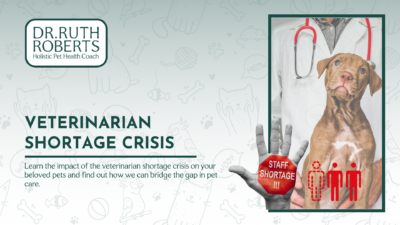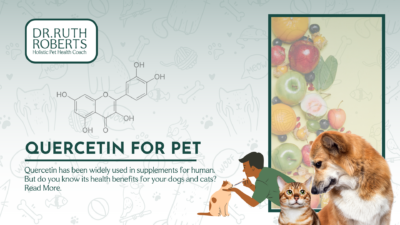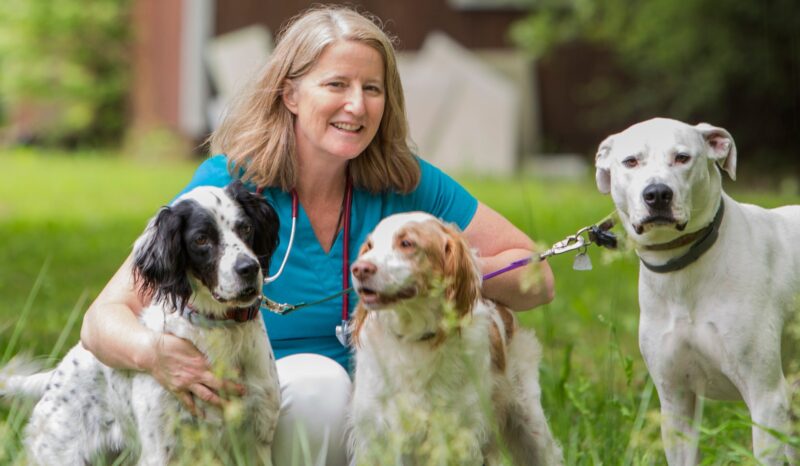Reasons Why Dogs Bite and How to Train Them

When it comes to household pets, dogs are highly popular, and they’re often called man’s best friend. They’re amazing creatures that can provide us with companionship and love, but they also need a lot of care and training. You need to know how to comfort it when it’s sick and to teach it not to bite others. In this article, we will discuss the most common reasons why dogs bite and how you can train them not to do it.
Use Positive Reinforcement
A dog may bite out of fear of being hurt or killed, or if it’s afraid of being teased or taunted. It may also bite to protect its territory from perceived threats (e.g. other animals or people). A dog in pain may lash out and bite in an attempt to protect itself from further harm. Some dogs instinctively hunt and kill smaller animals, such as rodents or birds. This behavior is often seen in species that were originally bred for hunting, such as terriers and hounds.
Pensacola in Florida, the U.S. has a large population and many incidents of dog bites. If people go online in search of a Pensacola personal injury lawyer, they can discover how negligence and accountability relate to their injury. They can also learn about personal injury claims in order to seek financial compensation. If you’re a pet owner, the last thing you want is a legal and financial issue because your dog bit someone.
Use Positive Reinforcement
Positive reinforcement is a reward given after the desired behavior is displayed. This could be a treat, verbal praise, or petting. The key is to make sure the dog associates the good behavior with the reward, so they’re more likely to repeat it. You can give them a treat every time they display good behavior around people, such as not barking or lunging when someone approaches. You can verbally praise them whenever they act calmly around others. Finally, you can try petting them and giving them attention whenever they behave well in social situations.
The important thing is to be consistent with your rewards and praise so that your dog knows that they’re doing something right. If you only give them a treat sometimes, they may not understand that it’s for good behavior and could become confused.
Use Punishment-Based Training
This focuses on using negative reinforcement in order to discourage unwanted behaviors. For example, if a dog bites someone, the owner would then give the dog a punishment, such as scolding it or putting it in time out. The goal is to make the dog associate the undesirable behavior with something unpleasant so that it’ll be less likely to repeat it. However, it can be difficult to consistently administer punishments whenever the dog exhibits unwanted behavior – especially if you’re not always around when it happens. Also, punishment-based training can sometimes lead to dogs becoming more aggressive, rather than less.
If you decide to use this method to stop your dog from biting, it’s important to do so in a way that’s consistent and fair. Only punish the dog when it actually bites someone, and make sure that the punishment is proportional to the offense. For example, scolding the dog or putting it in time out for a while is usually sufficient – there’s no need to resort to physical violence. With consistency and patience, punishment-based training can be an effective way to stop your dog from biting.

Use A Muzzle
A muzzle is a piece of equipment that goes over a dog’s snout and prevents him from being able to open his mouth. It’s usually made of nylon or leather, and it has straps that go around the back of the head and under the chin. Muzzles can be very effective in stopping dogs from biting, but they should only be used as a last resort. Dogs who are muzzled are still able to bark, so if you’re using one to stop your dog from being excessively noisy, it’s not going to work. Muzzles should never be used as punishment – if your dog is already afraid of you, putting a muzzle on him is only going to make things worse.
The first thing you should do is consult with a trainer or behaviorist. They’ll be able to help you figure out whether or not a muzzle is the right solution for your dog – and if so, they can show you how to use one properly. If you decide to go ahead and use it, make sure that you take it off as soon as possible. Dogs hate wearing them, and they shouldn’t have to suffer any longer than they have to. With proper training, your dog will eventually learn that he doesn’t need to wear a muzzle all the time, and he’ll be able to go back to being his happy (and safe) self.
General Suggestions
Here are some helpful tips to assist you:
- Research desensitization in terms of training your dog not to bite
- Never play aggressive games with your dogs, such as tug-of-war or wrestling. They can foster aggressive behaviors and may lead to biting.
- Provide your dog with plenty of positive socialization experiences, so it learns how to interact appropriately with other animals and people. Take your dog to the park, on walks, and to puppy class, so it has opportunities to make friends and learn good manners.
- If your dog shows signs of aggression (such as growling or baring its teeth) consult with a professional dog trainer or behaviorist for help in addressing the problem.
- If your dog bites someone, seek medical attention for the victim and apologize to the person involved.
We’ve now filled in the blanks as to why dogs bite, and how you can train yours not to do it. The time and money you spend on this will be beneficial for you, your dog, and everyone else. With the right training and care, there’s no reason why your dog can’t become a safe and much-loved member of your family.














